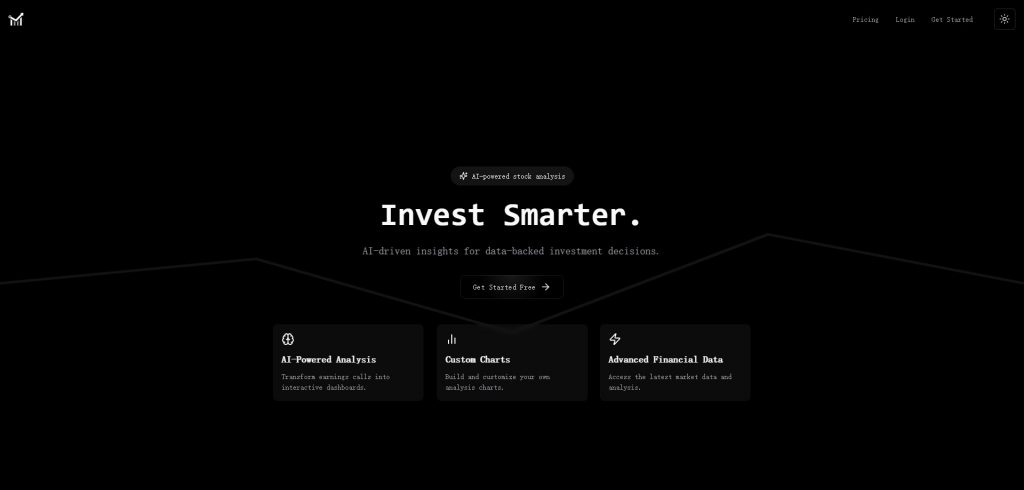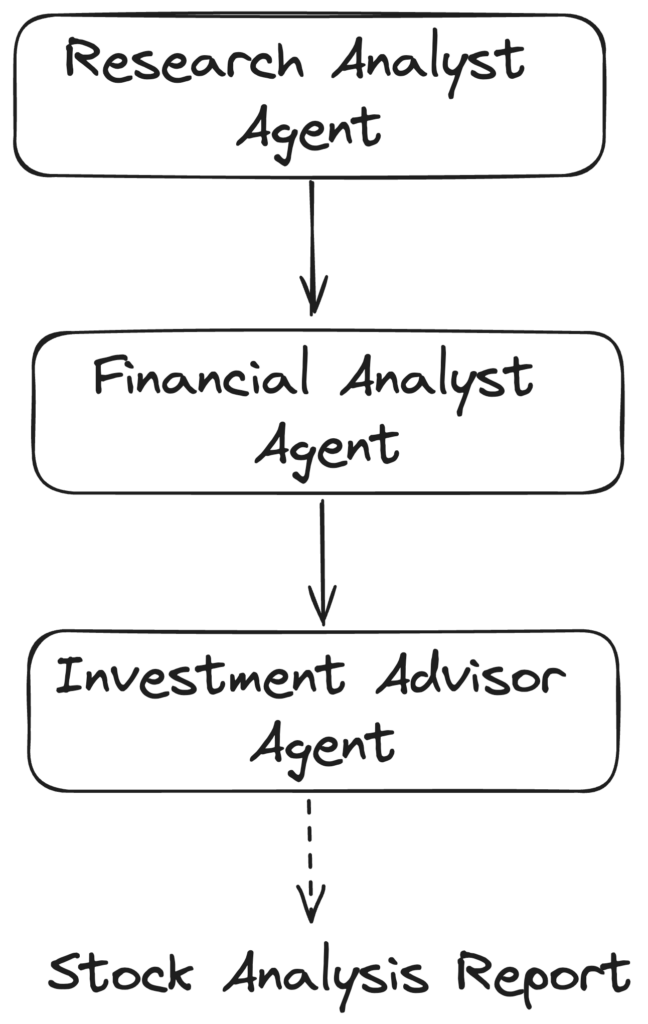20 Top Ideas For Picking Best Ai Stock Trading Bot Free Websites
20 Top Ideas For Picking Best Ai Stock Trading Bot Free Websites
Blog Article
Top 10 Tips For Assessing The Market Coverage For Ai Trading Platforms For Stock Prediction And Analysis.
Market coverage is one of the most important aspects to consider when evaluating AI-powered trading platforms. It determines the number of markets and assets can be accessed. A platform with extensive market coverage can allow you to diversify portfolios and discover global trading opportunities and adapt to different strategies. These are the top 10 strategies for evaluating the market coverage provided by these platforms.
1. Evaluate Supported Asset Classes
Stocks - Ensure that the platform is able to cover major stock markets (e.g. NYSE NASDAQ LSE HKEX) as well as includes small-caps, mid-caps and large-caps.
ETFs: Ensure that the platform provides an array of ETFs that offer diversified exposure across different categories, themes and countries.
Options and futures: Verify whether the platform supports derivatives like options, futures and other instruments that leverage.
Commodities and Forex. Check if the platform has forex pairs, precious and base metals, energy-related products, and agricultural goods.
Cryptocurrencies. Find out if they support all major cryptocurrencies and altcoins (e.g. Bitcoin, Ethereum).
2. Check Geographic Coverage
Global markets: Make sure that the platform covers major global markets, which include North America, Europe, Asia-Pacific and emerging markets.
Regional focus: Determine if your platform has a distinct focus on a region or market that matches with your trading needs.
Local exchanges. Find out whether the platform permits local or region exchanges, that are relevant to your geographical location or business strategy.
3. Assess Real-Time and. Delayed Data
Real-time data: Make sure the platform is able to provide real-time market information to allow for quick decision-making, particularly for trading that is active.
Data that is delayed - Determine if delayed data is available for free or is available at a lower cost. This may be sufficient for investors who are looking to invest in the long-term.
Data latency: Check if the platform minimizes data latency, especially for high-frequency trading.
4. Examine the historical data availability
Historical data depth Make sure the platform provides ample historical data (e.g. 10, 10+ years) for backtesting and analysis.
Review the accuracy of data from the past.
Corporate actions: Find out if the historical information includes dividends and splits of stock.
5. Verify the market depth and order book data
Data Level 2: Ensure that the platform provides Level 2 (order book depth) to provide better price discovery.
Verify that your platform displays live price spreads.
Volume data: Verify that the platform offers detailed volume data in order to analyze market liquidity.
6. Review the coverage of Indices and Sectors
Major indices : Ensure you are using a platform that includes the main indices. (e.g. S&P 500, NASDAQ 100, FTSE 100 ) This is crucial to benchmark your strategy and also for index-based strategy.
Sector-specific data: See whether the platform offers data specific to certain industries (e.g., technology health, energy, etc.)) to conduct a targeted analysis.
Customized indexes. Check if the platform supports creating and tracking custom indices according to your criteria.
7. Examine the integration of News and Sentiment
News feeds - Ensure your platform has the most up-to-date, market-driven news feeds (e.g. Bloomberg, Reuters).
Sentiment Analysis: Verify whether the platform provides sentiment analysis tools that are built on social media, news or other sources of data.
Strategies based on events: Check whether the platform supports event-driven trading strategies (e.g., earnings announcements and economic reports, etc.).
8. Look for Multimarket Trading capabilities.
Cross-market trading: Make sure that the platform is able to trade across a variety of markets and asset classes from an interface.
Conversion of currencies: Find out if the platform supports multi-currency as well as automated conversion of currencies for international trading.
Support for time zones of different times Check that the platform allows trading on global markets in various time zones.
9. Examine coverage of alternative data sources
Alternate data sources: To get unique insights, check if the platform incorporates alternative sources of data.
ESG data: Check whether the platform offers environmental, social and governance (ESG), or other data that can help investors make socially responsible decisions.
Macroeconomics data: To conduct a basic analysis, ensure that the platform contains macroeconomic indicators, such as GDP (gross domestic product), inflation rates and interest rate.
Review the User Feedback and Review the Market Reputation
User reviews: Review the feedback of users to evaluate the platform's market coverage as well as its reliability and usability.
Find out the reputation of the platform in relation to its coverage or awards for industry.
Case studies and testimonials These will demonstrate the performance of the platform in particular asset classes or markets.
Bonus Tips:
Trial period - Use the free demo or trial to check out the data coverage and market coverage.
API access - Verify whether the API can be used to gain access to data from the market in a programmatic manner.
Customer support: Ensure the platform has support for market-related inquiries or issues with data.
With these suggestions using these tips, you will be able to be able to accurately evaluate the coverage of AI stock prediction/analyzing trading platform. Then, you can select a trading platform that offers you the markets and data you require for successful trades. Comprehensive market coverage enables investors to diversify their portfolios, explore new opportunities and be able to adapt to market conditions that change. Have a look at the top he has a good point about free ai tool for stock market india for website info including free ai trading bot, stock market software, ai hedge fund outperforms market, ai trading software, best ai trading app, ai stock trading, investment ai, free ai trading bot, investing ai, copyright financial advisor and more.
Top 10 Tips For Evaluating The Scalability Of Ai Stock Predicting/Analyzing Trading Platforms
It is important to assess the capacity and performance of AI-driven trading and stock prediction platforms. This will help ensure that they can cope with the increasing volume of data, market complexity, and demands from users. Here are the top 10 ways to determine scalability
1. Evaluate Data Handling Capacity
Tip : Find out whether the platform is able to process and analyze large datasets.
The reason: Scalable platforms need to handle increasing data volumes without compromising performance.
2. Test Real-Time Processing Ability
Test the platform to see how it handles streams of data in real time for example, breaking news or live price updates.
The reason: Analyzing in real-time is crucial in trading decisions, and delays could result in missed opportunities.
3. Make sure to check Cloud Infrastructure for Elasticity
Tip - Determine if a platform is using cloud-based infrastructure, e.g. AWS or Google Cloud.
Why? Cloud platforms allow flexibility. The system can scale up or down in accordance with the need.
4. Assess Algorithm Efficiency
Tip : Check the computational efficiency and the accuracy of AI models for predictions.
Reason: Complex algorithmic structures can be resource-intensive. Optimizing them is the key to scaling.
5. Study parallel processing and distributed computing
TIP: Make sure to check if the platform uses frameworks for parallel processing or distributed computing frameworks.
Why: These technologies enable more efficient data processing and analysis over a variety of nodes.
Examine API Integration and Interoperability
Test the platform’s integration capabilities with APIs that are external to the platform.
Why? The platform is able to adjust to changes in market conditions and data sources due to the seamless integration.
7. Analyze User Load Handling
Make use of a high-traffic simulation in order to see how the platform responds when under pressure.
Why: Performance of a platform that is scalable is not affected by the increase of users.
8. Evaluation of Model Retraining and the Adaptability
Tips: Find out how frequently and efficiently the AI models have been re-trained using new data.
The reason is that as markets change the models need to be updated rapidly to remain exact.
9. Examine for fault tolerance and Redundancy
Tip. Make sure your platform is equipped with failover systems and redundancy to handle hardware or software problems.
The reason: Since downtime can be expensive in the trading industry, fault tolerance is crucial for scaling.
10. Monitor Cost Efficiency
Tip: Evaluate the cost of scaling the platform, including cloud resources, data storage and computational power.
Why: The cost of scalability shouldn't be unsustainable. Therefore, it is essential to balance performance and costs.
Bonus Tip Future-Proofing
Be sure that the platform supports advanced technology (e.g. quantum computing and advanced NLP), and is able to adjust to changes in the regulatory environment.
If you focus on these elements, you can effectively assess the scale of AI stock prediction and trading platforms, ensuring they're robust, effective and ready for future expansion. See the top copyright financial advisor examples for site recommendations including free ai trading bot, copyright financial advisor, chart ai trading, ai stock prediction, best ai trading app, best ai etf, ai stock picks, free ai tool for stock market india, stock analysis websites, ai stocks and more.